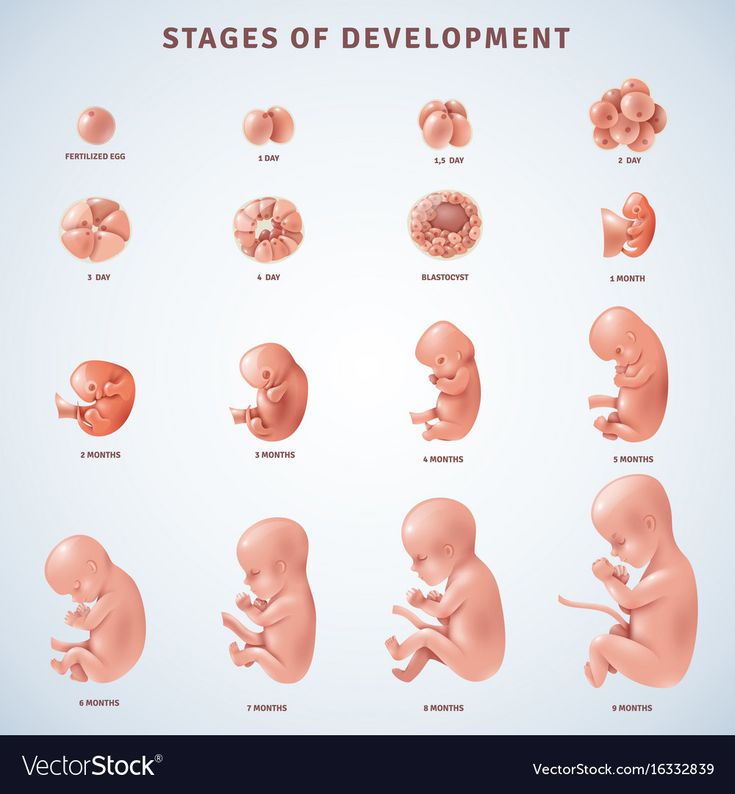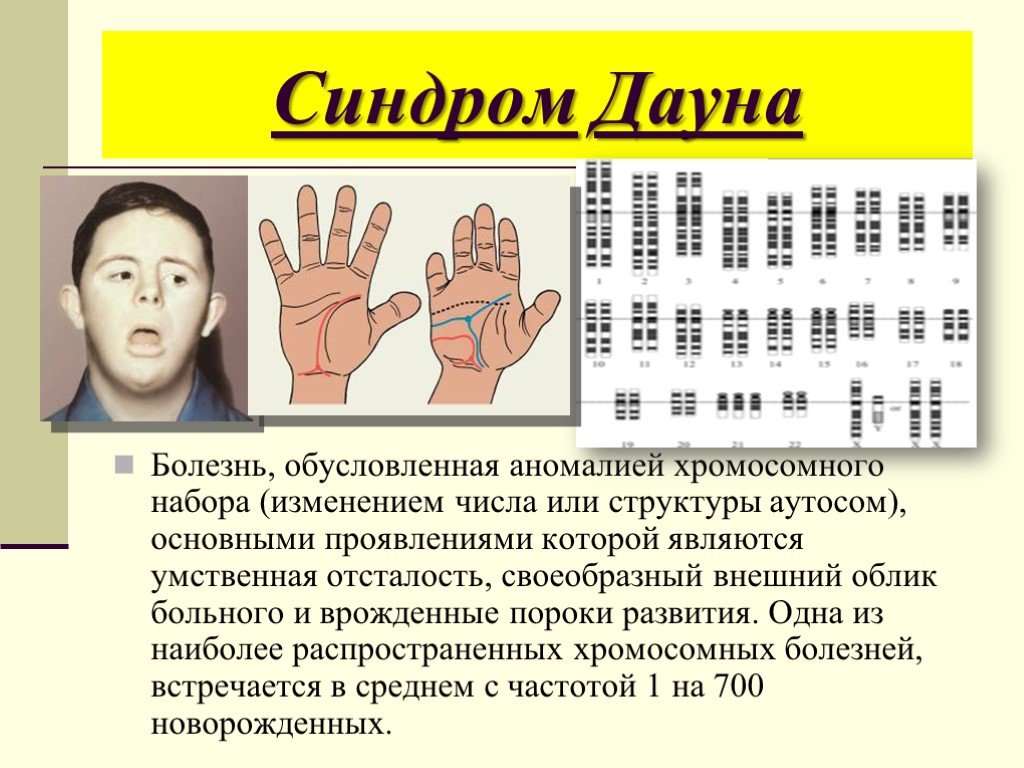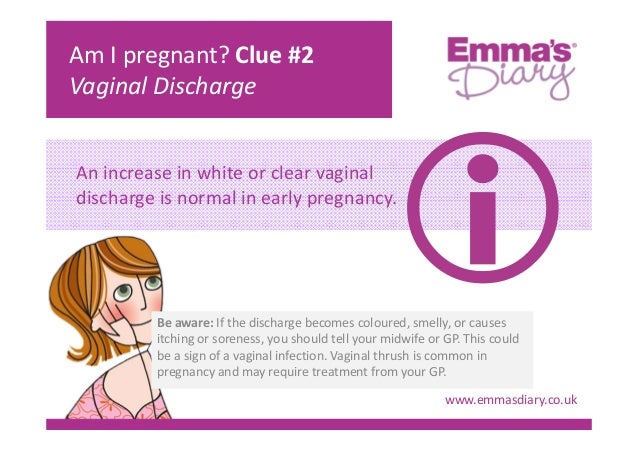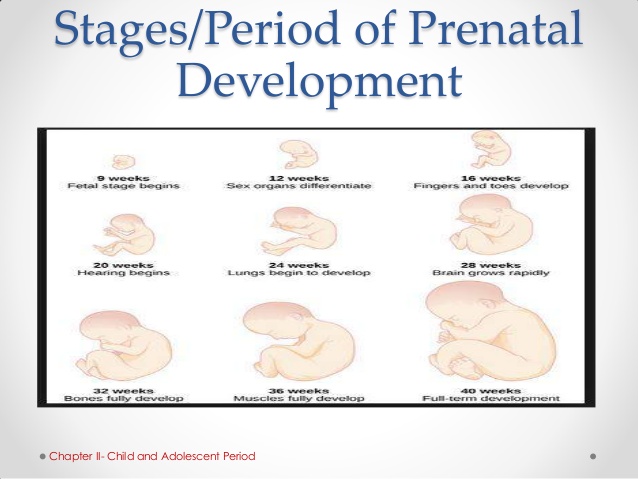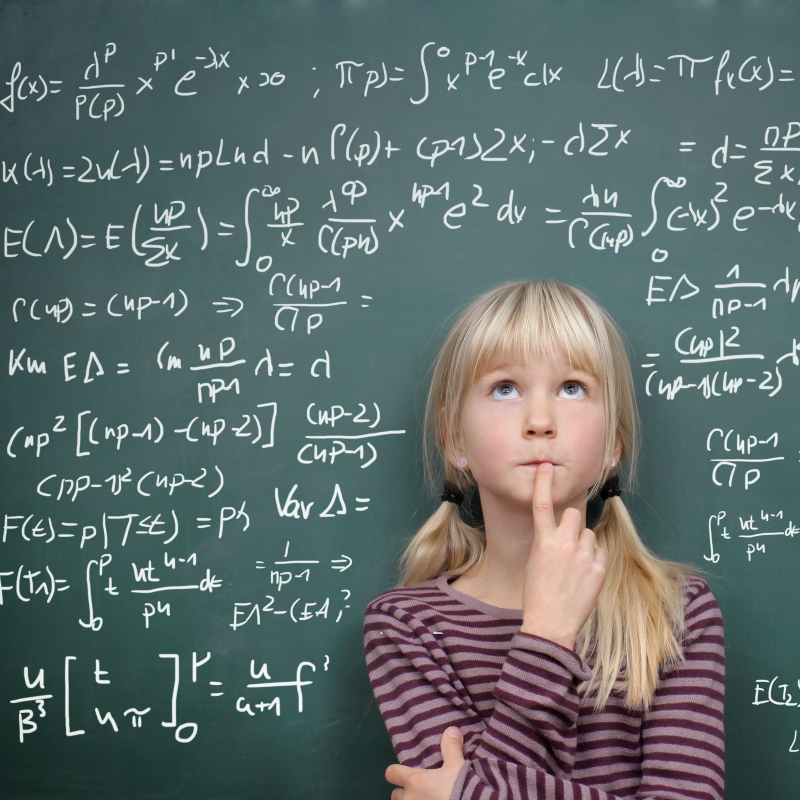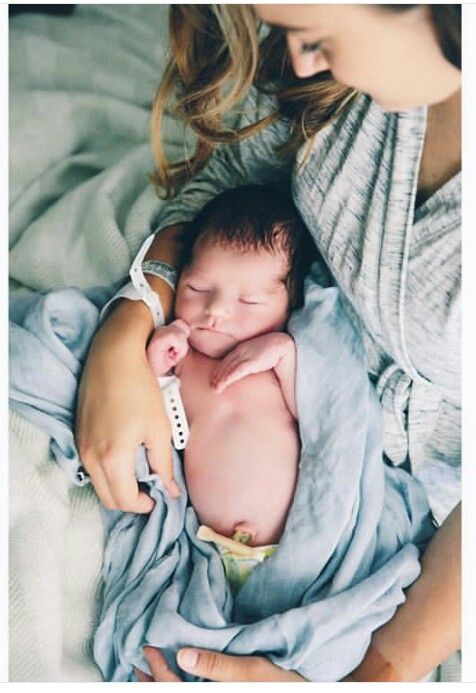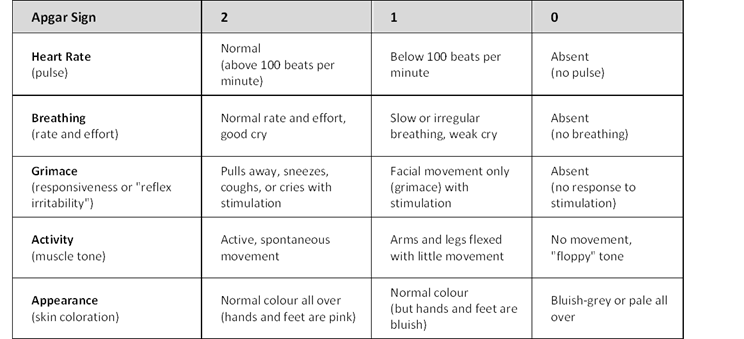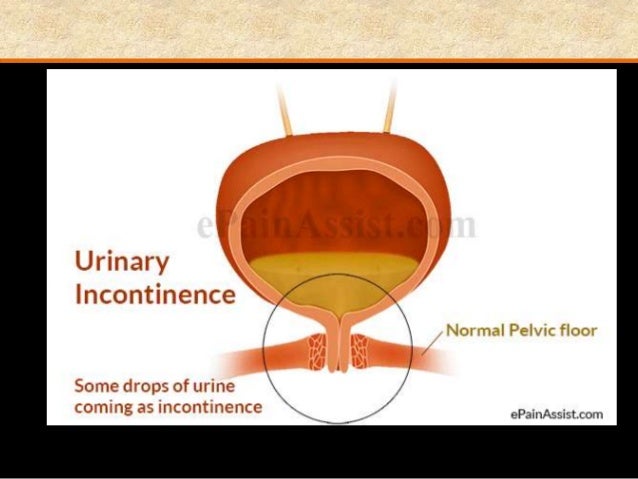Developmental stages of a newborn baby
Baby Development Stages: The First Year
Written by Gina Shaw
From helpless newborn to active toddler: It takes just 12 short months for your baby to undergo this incredible transformation. Babies grow and change at an astounding pace, and every month brings new and exciting developments.
New moms and dads often wonder what to expect next and how to know if their baby’s development is on target. Instead of focusing too much on developmental milestones, however, it’s important to remember that babies all develop at their own pace. There’s a fairly wide “window” for when it is normal for a baby to reach a particular developmental stage.
“If your baby reaches one milestone sooner, she may reach another one later, because she’s so busy perfecting the other skill,” says Jennifer Shu, MD, pediatrician and co-author of Heading Home with Your Newborn.
Some babies may say their first word at eight months, while others don’t talk until a little after the one-year mark. And walking may start anytime between nine and 18 months.
Keeping those kinds of variations in mind, here’s what your baby may be doing during each three-month stage of the first year.
Baby Development: One to Three Months
During this first development stage, babies’ bodies and brains are learning to live in the outside world. Between birth and three months, your baby may start to:
- Smile. Early on, it will be just to themselves. But within three months, they’ll be smiling in response to your smiles and trying to get you to smile back at them.
- Raise their head and chest when on their tummy.
- Track objects with their eyesand gradually decrease eye crossing.
- Open and shut their hands and bring hands to their mouth.
- Grip objects in their hands.
- Take swipes at or reach for dangling objects, though they usually won’t be able to get them yet.
Baby Development: Four to Six Months
During these months, babies are really learning to reach out and manipulate the world around them.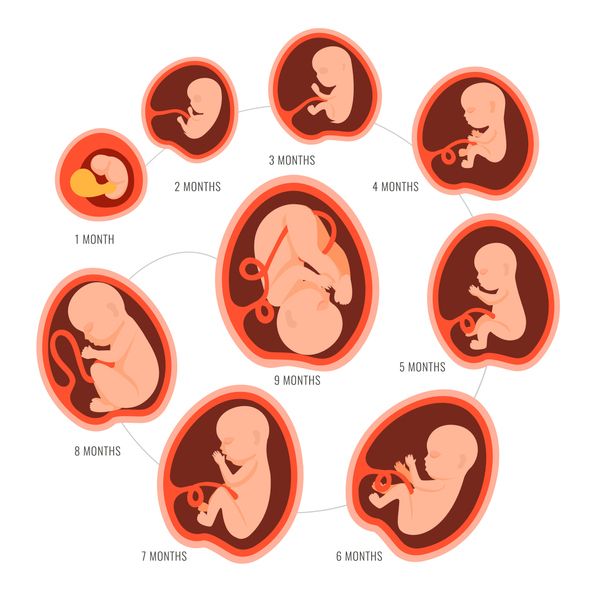 They’re mastering the use of those amazing tools, their hands. And they’re discovering their voices. From 4 to 6 months old, your baby will probably:
They’re mastering the use of those amazing tools, their hands. And they’re discovering their voices. From 4 to 6 months old, your baby will probably:
- Roll over from front to back or back to front. Front-to-back usually comes first.
- Babble, making sounds that can sound like real language.
- Laugh.
- Reach out for and grab objects (watch out for your hair), and manipulate toys and other objects with their hands.
- Sit up with support and have great head control.
Baby Development: Seven to Nine Months
During the second half of this year, your little one becomes a baby on the go. After learning that they can get somewhere by rolling over, they’ll spend the next few months figuring out how to move forward or backward. If you haven’t baby-proofed yet, better get on it!
- During this time period, your baby may:
- Start to crawl. This can include scooting (propelling around on their bottom) or “army crawling” (dragging themselves on their tummy by arms and legs), as well as standard crawling on hands and knees.
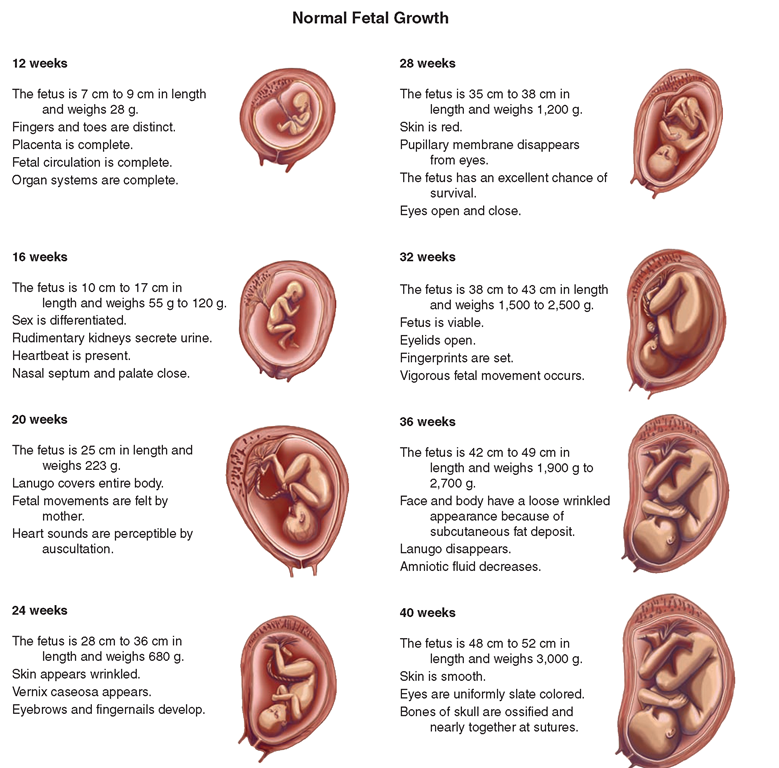 Some babies never crawl, moving directly to from scooting to walking.
Some babies never crawl, moving directly to from scooting to walking. - Sit without support.
- Respond to familiar words like their name. They may also respond to “No” by briefly stopping and looking at you, and may start babbling "Mama" and "Dada."
- Clap and play games such as patty-cake and peekaboo.
- Learn to pull up to a standing position.
Baby Development: 10 to 12 Months
The last development stage in baby’s first year is quite a transition. They aren’t an infant anymore, and they might look and act more like a toddler. But they are still a baby in many ways. They are learning to:
- Begin feeding herself. Babies at this developmental stage master the “pincer grasp“ -- meaning they can hold small objects such as O-shaped cereal between their thumb and forefinger.
- Cruise, or move around the room on their feet while holding onto the furniture.
- Say one or two words, and "Mama" and "Dada" become specific name for parents.
 The average is about three spoken words by the first birthday, but the range on this is enormous.
The average is about three spoken words by the first birthday, but the range on this is enormous. - Point at objects they want in order to get your attention.
- Begin “pretend play” by copying you or using objects correctly, such as pretending to talk on the phone.
- Take their first steps. This usually happens right around one year, but it can vary greatly.
Your Baby’s Development: When to Talk to a Pediatrician
What should you do if you think your baby is not meeting growth or developmental milestones, when they should? First, says Shu, trust your instincts. “If you really feel like something’s wrong, then talk to your doctor about it because if there is a problem, we want to catch it as soon as we can," she says. "Early intervention is best, and you know your child better than anyone.”
Remember, however, that it is not exactly when your baby sits up by themselves or says their first words that is important; it’s that they are moving forward in their development.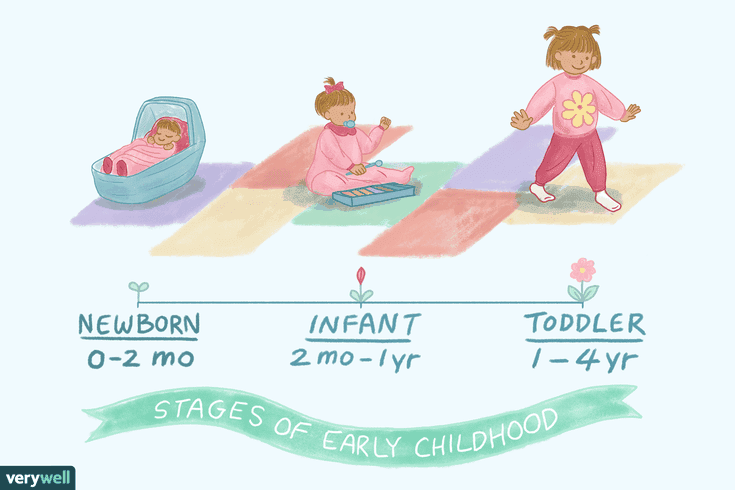 “Don’t look at the time as much as the progression, and see that your child is changing and growing,” says Shu. “It’s not a race. Nobody’s going to ask on a college application when your child first walked or said ‘da-da.’”
“Don’t look at the time as much as the progression, and see that your child is changing and growing,” says Shu. “It’s not a race. Nobody’s going to ask on a college application when your child first walked or said ‘da-da.’”
Your Child’s Development -- Month by Month
This table shows common developmental milestones that babies reach each month during their first year, in four major categories. Keep in mind that all babies are different and every baby grows at their own pace. There's no precise time that most of these skills first appear. If your child hasn’t reached a milestone by the month it is listed on this chart, it is usually a perfectly normal variation in child development. Watch for progress, not deadlines.
| Gross Motor | Fine Motor | Language/ Cognitive | Social |
1 month | Moves head from side to side when on stomach | Strong grip | Stares at hands and fingers | Tracks movement with eyes |
2 months | Holds head and neck up briefly while on tummy | Opens and closes hands | Begins to play with fingers | Smiles responsively |
3 months | Reaches and grabs at objects | Grips objects in hands | Coos | Imitates you when you stick out your tongue |
4 months | Pushes up on arms when lying on tummy | Grabs objects -- and gets them! | Laughs out loud | Enjoys play and may cry when playing stops |
5 months | Begins to roll over in one or the other direction | Is learning to transfer objects from one hand to the other | Blows “raspberries” (spit bubbles) | Reaches for mommy or daddy and cries if they’re out of sight |
6 months | Rolls over both ways | Uses hands to “rake” small objects | Babbles | Recognizes familiar faces --caregivers and friends as well as family |
7 months | Moves around --is starting to crawl, scoot, or “army crawl” | Is learning to use thumb and fingers | Babbles in a more complex way | Responds to other people’s expressions of emotion |
8 months | Sits well without support | Begins to clap hands | Responds to familiar words, looks when you say their name | Plays interactive games like peekaboo |
9 months | May try to climb/crawl up stairs | Uses the pincer grasp | Learns object permanence -- that something exists even if they can’t see it | Is at the height of stranger anxiety |
10 months | Pulls up to stand | Stacks and sorts toys | Waves bye-bye and/or lifts up arms to communicate “up” | Learns to understand cause and effect (“I cry, Mommy comes”) |
11 months | Cruises, using furniture | Turns pages while you read | Says “mama” or “dada” for either parent | Uses mealtime games (dropping spoon, pushing food away) to test your reaction; expresses food preferences |
12 months | Stands unaided and may take first steps | Helps while getting dressed (pushes hands into sleeves) | Says an average of 2-3 words (often “mama” and “dada”) | Plays imitative games such as pretending to use the phone |
Newborn Development: 0-1 month - Children's Hospital of Orange County
From the moment babies are born, they respond to the world around them. Their reactions — being calmed by a parent’s embrace or startled by a loud sound — are examples of normal infant development.
Their reactions — being calmed by a parent’s embrace or startled by a loud sound — are examples of normal infant development.
Doctors use milestones to tell if a baby is developing as expected. There is a wide range of what is considered normal, so some babies may gain skills earlier or later than others. Babies who were born prematurely may reach milestones later. Always talk with your doctor about your baby’s progress.
How Much Will My Newborn Grow?
In the first month of life, babies usually catch up and surpass their birthweight, then steadily continue to gain weight. A weight loss up to about 10 percent of birthweight is normal in the first two to three days after birth. However, the baby should have gained this back and be at his or her birthweight by about two weeks. While all babies may grow at a different rate, the following indicates the average for boys and girls up to 1 month of age:
- Weight: after the first two weeks, should gain about 1 ounce each day
- Average length at birth: 20 inches for boys, 19 3/4 inches for girls
- Average length at one month: 21 1/2 inches for boys, 21 inches for girls
- Head size: increases to slightly less than 1 inch more than birth measurement by the end of the first month
What Factors Determine My Newborn’s Physical Growth?
Different things can affect a baby’s size at birth. The length of the pregnancy is important. Babies born around their due date or later tend to be larger than those born earlier. Other factors include:
The length of the pregnancy is important. Babies born around their due date or later tend to be larger than those born earlier. Other factors include:
- Size of parents. Big and tall parents may have larger-than-average newborns; short and petite parents may have smaller-than-average newborns.
- Multiple births. With twins, triplets or other multiples, parents can assume their babies may be a bit small. Multiples have to share their growing space in the uterus, and they’re often born early, which leads to smaller size at birth.
- Birth order. First babies are sometimes smaller than brothers or sisters born later.
- Gender.
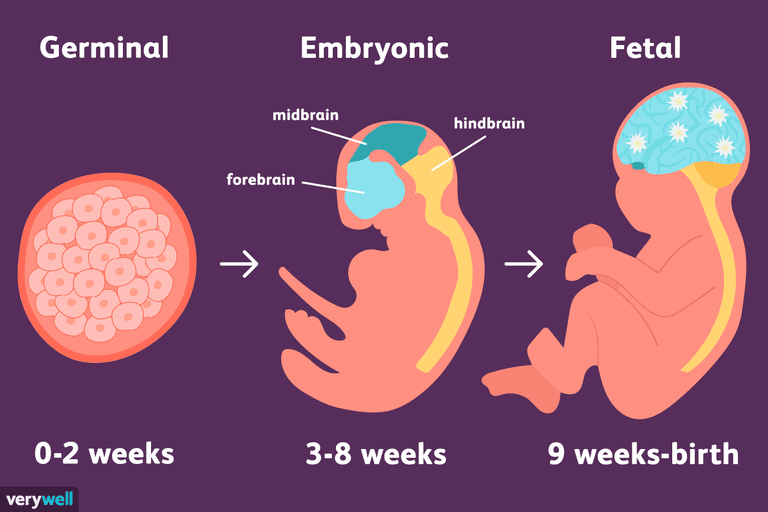 Girls tend to be smaller, and boys larger, but the differences are slight at birth.
Girls tend to be smaller, and boys larger, but the differences are slight at birth. - Mom’s health during pregnancy. Babies may have a lower birth weight if the mother has high blood pressure or heart problems; or has used cigarettes, alcohol or illegal drugs during the pregnancy. If the mother has diabetes or is obese, the baby may have a higher birth weight.
- Nutrition during pregnancy. Good nutrition is vital for a baby’s growth — before and after birth. A poor diet during pregnancy can affect how much a newborn weighs and how the infant grows. Gaining a lot of weight can make a baby more likely to be born bigger than average.
- Baby’s health.
 Medical problems, including some birth defects and some infections during the pregnancy, can affect a newborn’s birth weight and later growth.
Medical problems, including some birth defects and some infections during the pregnancy, can affect a newborn’s birth weight and later growth.
What can my baby do at this age?
Although a newborn spends about 16 hours a day sleeping, the time a baby is awake can be busy. Much of a newborn’s movements and activity are reflexes or involuntary – the baby does not purposefully make these movements. As the nervous system begins to mature, these reflexes give way to purposeful behaviors.
Reflexes in newborns include the following:
- Root reflex. This reflex occurs when the corner of the baby’s mouth is stroked or touched. The baby will turn his or her head and opens his or her mouth to follow and “root” in the direction of the stroking. The root reflex helps the baby find the breast or bottle.
- Suck reflex. When the roof of the baby’s mouth is touched with the breast or bottle nipple, the baby will begin to suck. This reflex does not begin until about the 32nd week of pregnancy and is not fully developed until about 36 weeks.
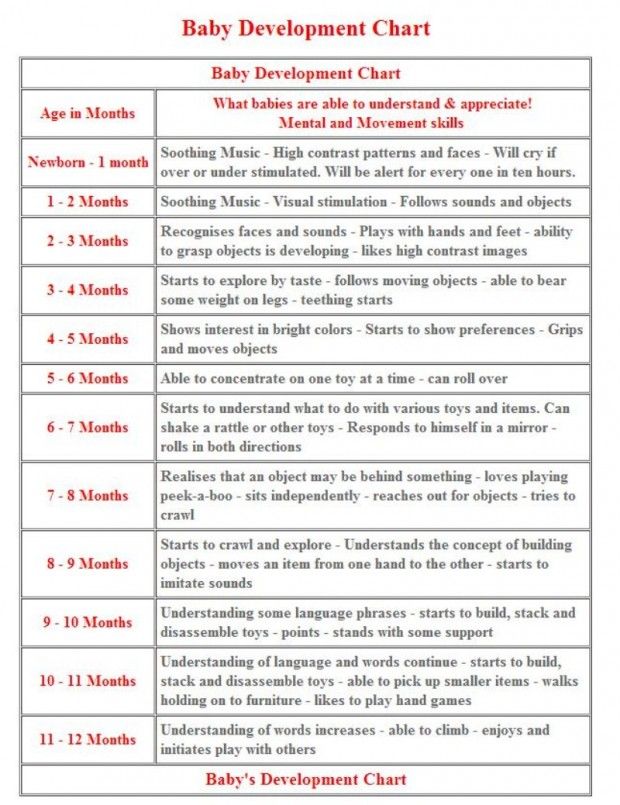 Premature babies may have a weak or immature sucking ability, because they are born prior to the development of this reflex. Babies also have a hand-to-mouth reflex that accompanies rooting and sucking and may suck on their fingers or hands.
Premature babies may have a weak or immature sucking ability, because they are born prior to the development of this reflex. Babies also have a hand-to-mouth reflex that accompanies rooting and sucking and may suck on their fingers or hands. - Moro reflex. The Moro reflex is often called a startle reflex because it usually occurs when a baby is startled by a loud sound or movement. In response to the sound, the baby throws back his or her head, throws out his or her arms and legs, cries, then pulls his or her arms and legs back in. Sometimes, a baby’s own cries can startle him or her, initiating this reflex. The Moro reflex lasts until the baby is about 5 to 6 months old.
- Tonic neck reflex. When a baby’s head is turned to one side, the arm on that side stretches out and the opposite arm bends up at the elbow. This is often called the “fencing” position. The tonic neck reflex lasts until the baby is about 6 to 7 months old.
- Grasp reflex.
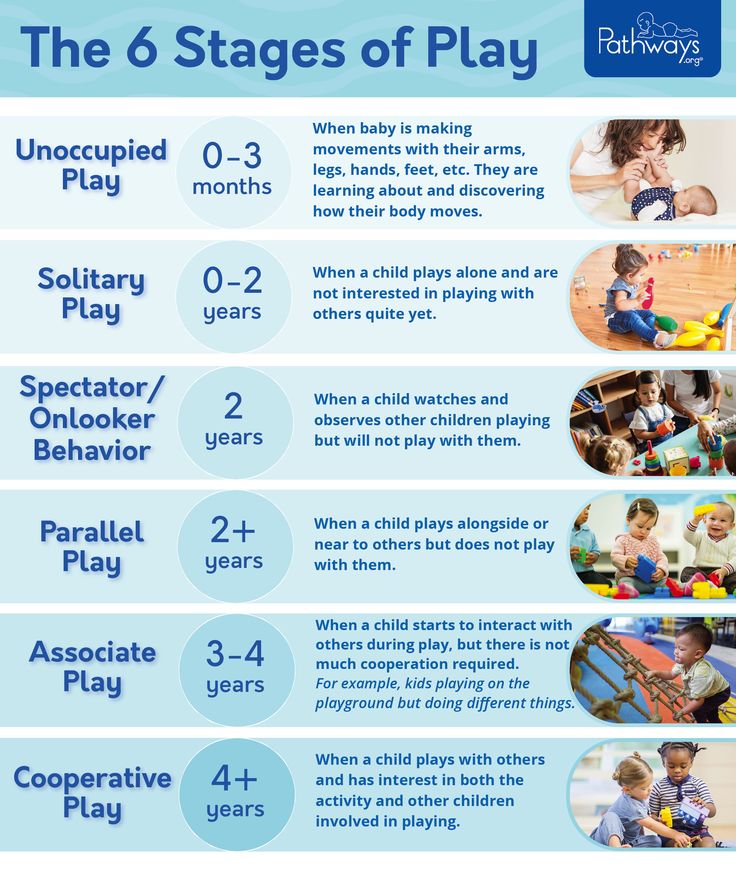 With the grasp reflex, stroking the palm of a baby’s hand causes the baby to close his or her fingers in a grasp. The grasp reflex lasts only a couple of months and is stronger in premature babies.
With the grasp reflex, stroking the palm of a baby’s hand causes the baby to close his or her fingers in a grasp. The grasp reflex lasts only a couple of months and is stronger in premature babies. - Babinski reflex. With the Babinski reflex, when the sole of the foot is firmly stroked, the big toe bends back toward the top of the foot and the other toes fan out. This is a normal reflex until the child is about 2 years old.
- Step reflex. This reflex is also called the walking or dance reflex because a baby appears to take steps or dance when held upright with his or her feet touching a solid surface.
Newborn babies not only have unique reflexes, but also have a number of physical characteristics and behaviors that include the following:
- Their head sags when lifted up and must be supported at all times
- They turn their head from side to side when lying on their stomach
- Their eyes are sometimes uncoordinated and may look cross-eyed
- They initially fix their eyes on a face or light, then begin to follow a moving object
- They begin to lift their head when lying on their stomach
- Their movements are jerky and erratic
- They move their hands to their mouth
What can my baby say?
At this early age, crying is a baby’s only form of communication.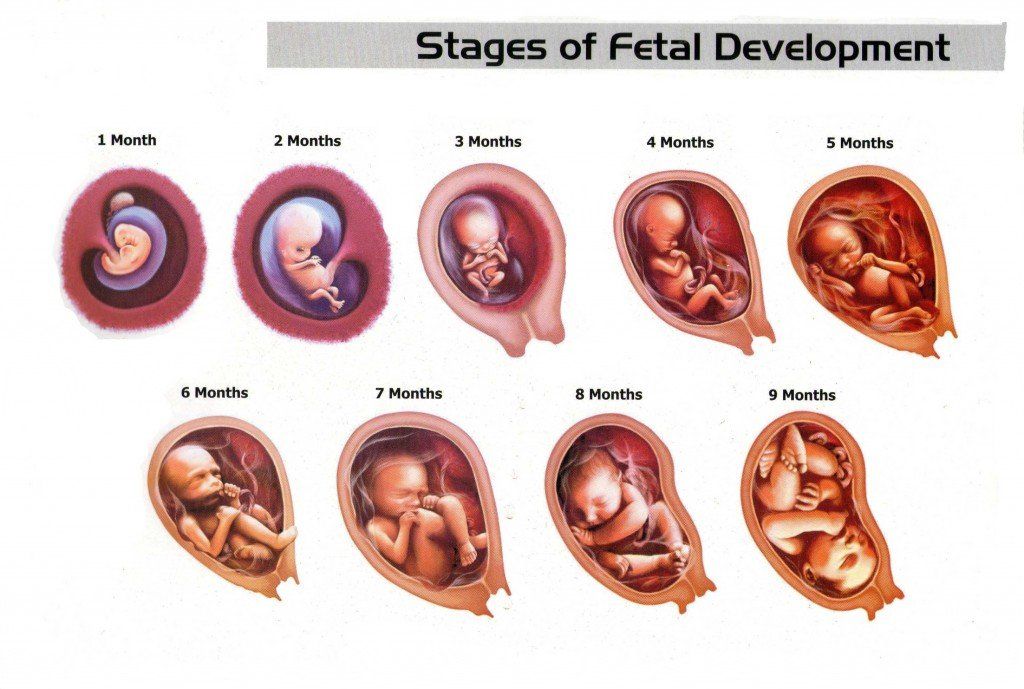 At first, all of a baby’s cries sound similar, but parents soon recognize different types of cries for hunger, discomfort, frustration, fatigue and even loneliness. Sometimes, a baby’s cries can easily be answered with a feeding or a diaper change. Other times, the cause of the crying can be a mystery, and the crying stops as quickly as it begins. Regardless of the cause, responding to your baby’s cries with a comforting touch and words are essential in helping your baby learn to trust you and rely on you for love and security. You may also use warmth and rocking movements to comfort your baby.
At first, all of a baby’s cries sound similar, but parents soon recognize different types of cries for hunger, discomfort, frustration, fatigue and even loneliness. Sometimes, a baby’s cries can easily be answered with a feeding or a diaper change. Other times, the cause of the crying can be a mystery, and the crying stops as quickly as it begins. Regardless of the cause, responding to your baby’s cries with a comforting touch and words are essential in helping your baby learn to trust you and rely on you for love and security. You may also use warmth and rocking movements to comfort your baby.
What does my baby understand?
You may find that your baby responds in many ways, including the following:
- Startlingat loud noises
- Lookingat faces and pictures with contrasting black and white images
- Givingattention to voices, eventually turning toward sounds
- Showing hints of a smile, especially during sleep
How Long Should My Newborn Sleep?
Newborns should get 14-17 hours of sleep over a 24-hour period, says the National Sleep Foundation.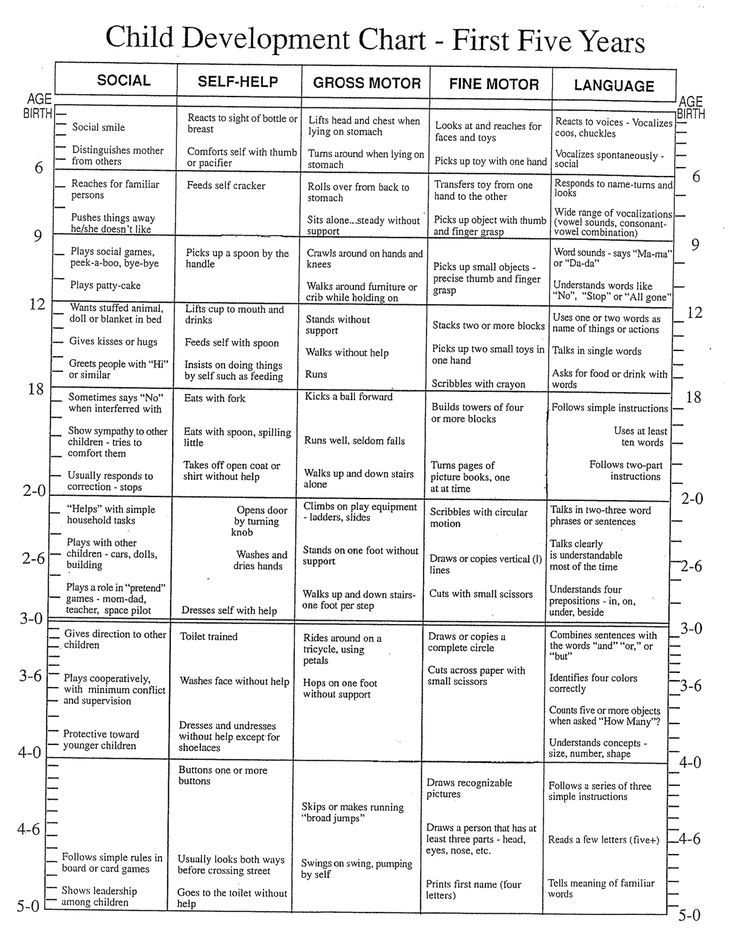 Some newborns may sleep up to 18-19 hours a day. Though newborns spend most of a 24-hour period sleeping, it is best that they do not sleep for longer than 5 hours at a time in the first 5-6 weeks because they need to wake every couple hours to eat. Breastfed babies feed often, about every 2-3 hours. Bottle-fed babies tend to feed less often, about every 3-4 hours.
Some newborns may sleep up to 18-19 hours a day. Though newborns spend most of a 24-hour period sleeping, it is best that they do not sleep for longer than 5 hours at a time in the first 5-6 weeks because they need to wake every couple hours to eat. Breastfed babies feed often, about every 2-3 hours. Bottle-fed babies tend to feed less often, about every 3-4 hours.
Expect to wake your newborn every 2-3 hours to eat until they surpass their birth weight, which usually happens within the first couple of weeks. After that, it’s okay to let your baby sleep for longer periods of time at night if they are gaining weight appropriately (about 1 pound per 2 weeks).
The first months of a baby’s life can be the hardest for parents, who might get up many times at night to tend to their baby. Each baby has a different sleep pattern. Some start to sleep “through the night” (for 5-6 hours at a time) by 2-3 months of age, but some don’t.
See healthy sleep for babies for more information about newborn sleep.
How can I help increase my baby’s development and emotional security?
Young babies need the security of a parent’s arms, and they understand the reassurance and comfort of your voice, tone and emotions. Consider the following as ways to foster the emotional security of your newborn:
- Hold your baby face to face.
- Talk in a soothing tone and let your baby hear your affectionate and friendly voice.
- Sing to your baby.
- Walk with your baby in a sling,carrier or a stroller.
- Swaddle your baby to helpthem feel secure and prevent startling by the baby’s own movements.
- Rock your baby in a rhythmic, gentle motion.
- Respond quickly to your baby’s cries.
Reviewed by Dr. Mary Choi, Seaview Pediatrics, CHOC Primary Care – June 2021
Stages of development of a newborn | Multidisciplinary center Healthy child
From birth to 10 days of a child's life.
- Keeps a moving object in the field of view (step tracking) - from a supine position, fixes with a glance for 5-10 seconds a moving object located in his field of view at a distance of 40-50 centimeters.
 Eye movements are spasmodic, sometimes accompanied by a turn of the head. General movements are inhibited.
Eye movements are spasmodic, sometimes accompanied by a turn of the head. General movements are inhibited. - Starts and blinks at a sharp sound (auditory orienting reaction) - 2-3 claps are made to the right and left of the child, out of his field of vision.
From 10 to 20 days of a child's life.
- Keeps an immovable object in the field of vision - fixes with a glance for 5-10 seconds an immovable object located in its field of vision at a distance of 40-50 centimeters. General movements are inhibited.
- Calms down with a strong sound (auditory concentration response) for 10-15 seconds.
1 month of a child's life.
- Follows - smoothly traces a bright object that is in its field of view at a distance of 40-50 centimeters.
- Listens to the voice of an adult, the sound of a toy (prolonged auditory concentration)
- The first smile in response to the addressed speech.
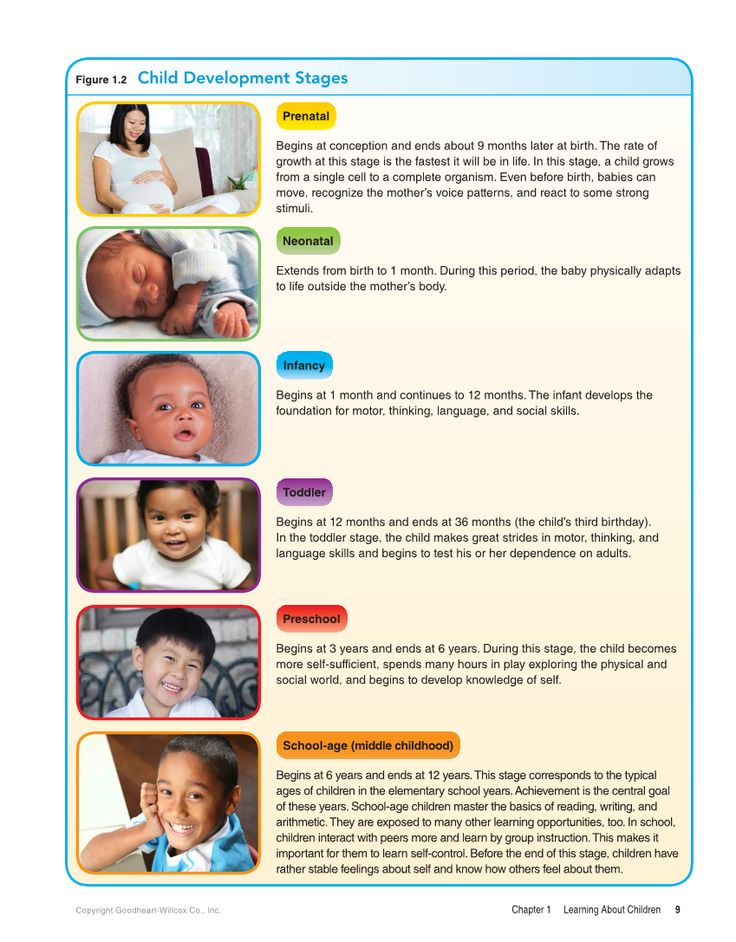
- In the prone position, raises and holds the head for 5-20 seconds.
- Emits separate sounds in response to a conversation, sometimes the reaction is delayed by a few seconds.
2 months of a child's life.
- Looks at a motionless object that attracts attention for a long time and follows a moving object for a long time (long-term visual concentration).
- Turning of the head towards the sound stimulus, "search" movements of the head and eyes with prolonged sound (search reaction).
- Smiles, turns his head, holds his gaze on another child for 15-30 seconds (long-term visual focus on another child).
- Spontaneously pronounces individual sounds.
3 months of a child's life.
- Visual concentration in a vertical position - a child from a position in the arms of an adult follows for 30-40 seconds a stationary or moving object or the face of an adult talking to him.
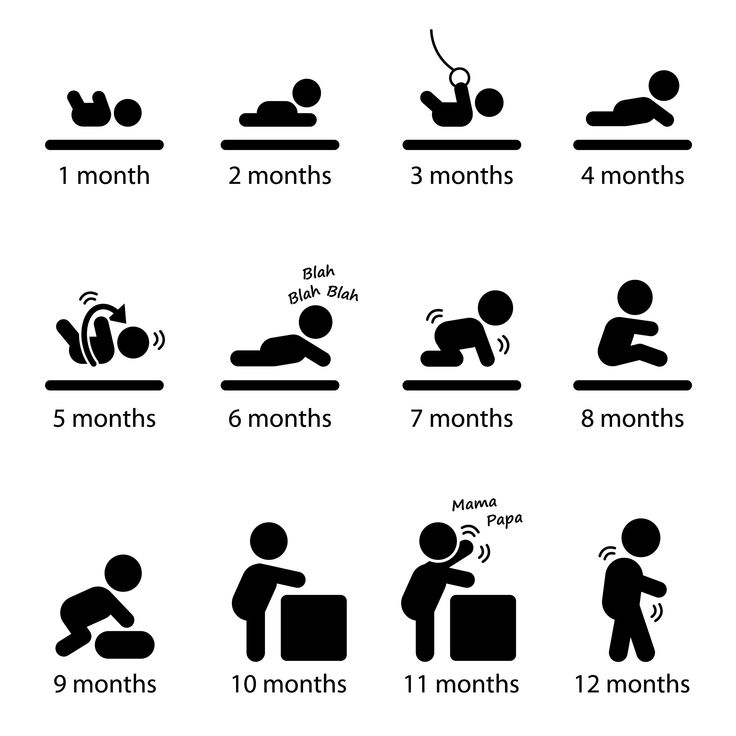
- An "animation" complex appears in response to speech addressed to him, actively searches with his eyes for the source of the sound (another child making sounds)
- Randomly bumping into toys located at a distance of 10-15 centimeters above his chest, he revives, bumps again, tries to grab the toy and traces the movements of his hand with his eyes.
- Lying on his stomach, he leans on his forearms and raises his head up to 2-2.5 minutes. With support, he leans for 45-60 seconds on firm support with his legs bent at the hip joints, leaning on the entire foot. vertical position up to 1-1.5 minutes.
4 months of a child's life.
- Recognizes the mother, rejoices - looks at the mother expectantly, as soon as she speaks - smiles joyfully, coos, reaches for the mother. When the mother leaves, she expresses displeasure.
- Turns his head towards an invisible sound source, finds it with his eyes and follows it for 5-10 seconds.
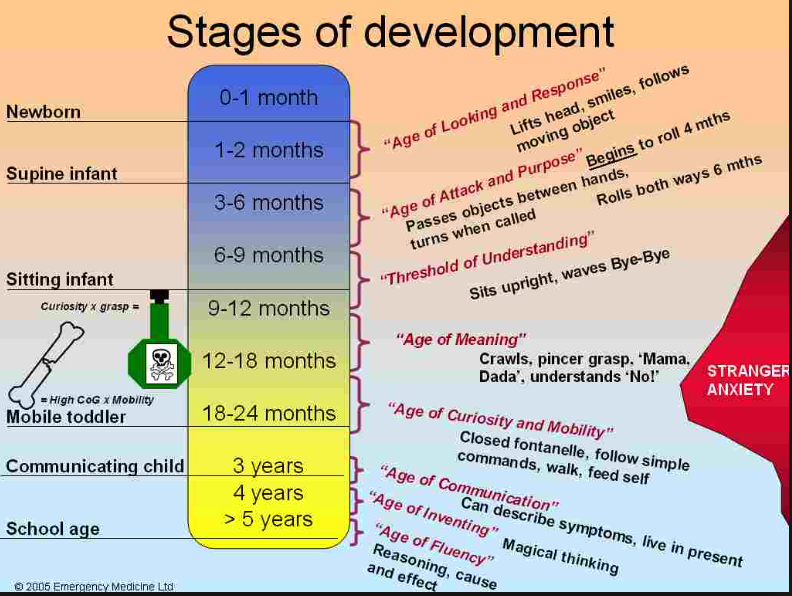
- During wakefulness, a "complex of revival" often and easily arises, laughs loudly in response to a verbal appeal, reaches out to another child.
- Examining, grasping and feeling toys that attract attention.
- Gulit.
- Grabs and holds mother's breast or bottle while feeding.
5 months of a child's life.
- Distinguishes close people from strangers (reacts differently to faces) - at the sight of the face of a loved one, a "complex of revival" arises, at the sight of a stranger, movements slow down, alertness appears, the child frowns and may cry.
- Recognizes the voice of mother and loved one. Distinguishes between strict and affectionate intonation of speech. Differentially reacts to it.
- Rejoices with another child, takes a toy from his hands, hums.
- Clearly picks up toys from an adult's hands, often picks up toys with one hand, holds them in the hand for 1-2 minutes.
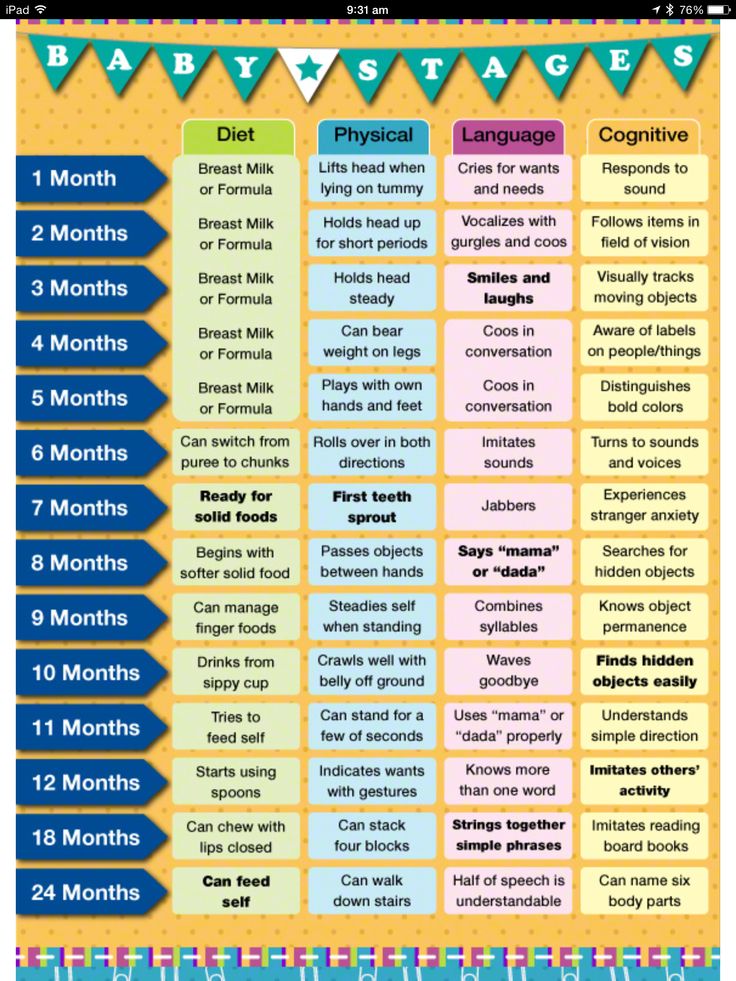
- Lies on the stomach for a long time, raising the body and leaning on the palms of straightened arms. Rolls from back to stomach. Stands upright and stable with support for 3-4 minutes.
- Long melodious humming
- Eats thick food from a spoon, opens mouth and removes food with lips, eats slowly.
6 months of a child's life.
- Recognizes his own name (rejoices, turns towards the adult), distinguishes between his own and someone else's name.
- Takes toys freely from different positions, plays, shifts toys from hand to hand.
- Rolls over from back to stomach. Moves slowly, moving hands or crawling a little, trying to get a toy.
- Beginning to babble (pronounces individual syllables, often once), listens to the adult and tries to repeat the syllables.
- Eats well from a spoon, drinks liquid food from a cup.
7 months of a child's life.
- Actively manipulates toys.
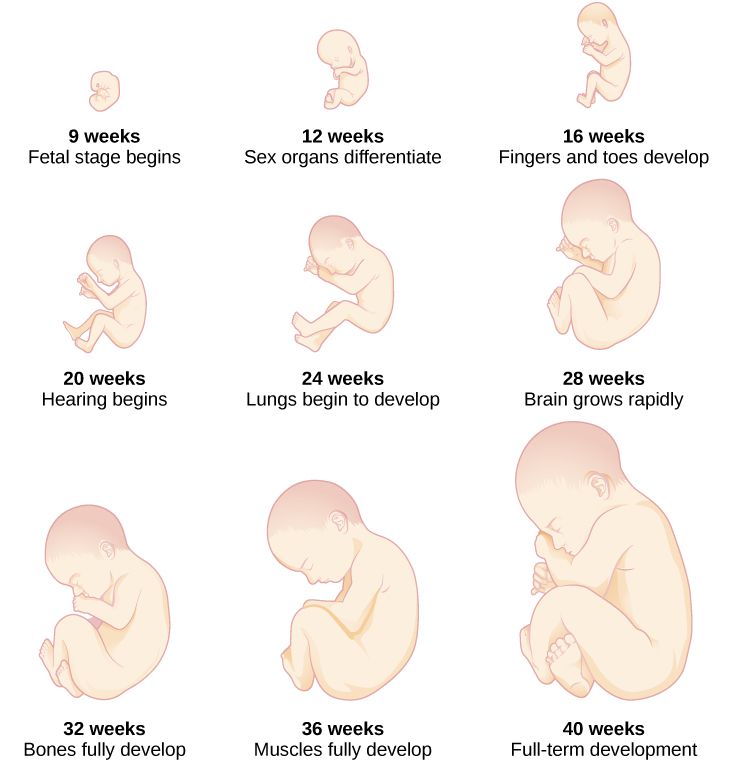
- Crawls well and a lot in various directions
- To the question "Where?" finds a familiar object with a glance (repeatedly called and constantly in one place)
- He babbles for a long time, repeats the same syllables.
8 months of a child's life.
- Observes the actions of another child, laughs, babbles.
- Imitates the actions of adults (rolls the ball, opens the lid, etc.)
- He sits, sits, lies down. He gets up, holding onto the barrier with his hands, stands and lowers himself. Steps over, holding on to the barrier.
- Performs previously learned actions - performs “patricks”, “give me a pen” without showing.
- Loudly, clearly, repeats various syllables.
- Holds and eats bread.
9 months of a child's life.
- Acts a lot by imitation, uses objects differently.
- Passes from object to object, holding on to them with his hands (the objects should be at a distance of about 35 centimeters from each other).
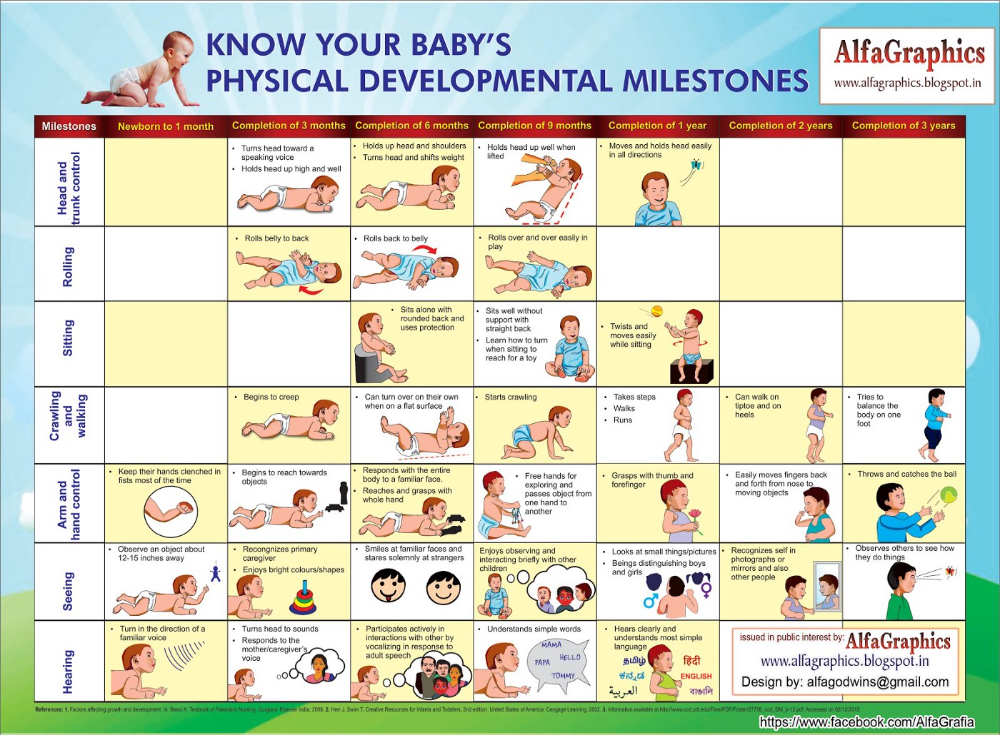
- Knows his name and turns to the call. To the question "Where?" finds familiar objects in different places, regardless of their permanent location.
- Imitating an adult, repeats known syllables after him.
- Drinks from a cup, holding it with his hands.
- Neatness skills are being formed (calmly relates to the planting process).
10 months of a child's life.
- Performs learned actions independently or at the request of an adult.
- With the help of an adult or holding onto the railing sideways, enters a low hill and descends with a side step
- On command "give" finds and gives familiar objects.
- Imitating an adult, repeats after him previously unknown syllables.
11 months of a child's life.
- She rejoices at the appearance of other children, selectively reacts to them.
- Masters new actions, performs them by order and by imitation (puts a cube on a cube, removes and puts rings with large holes on the rod).
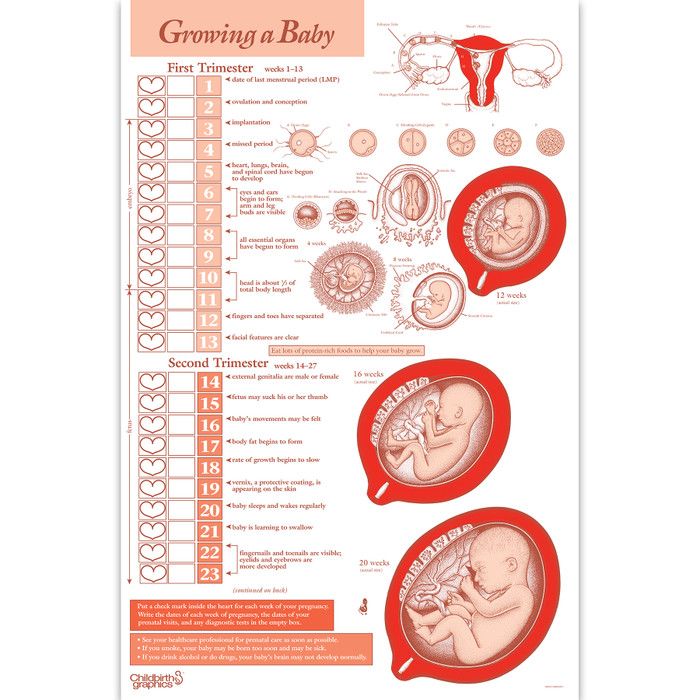 Performs previously learned actions on verbal instructions (without showing).
Performs previously learned actions on verbal instructions (without showing). - Stands independently, takes first independent steps.
- The first generalizations appear in understood speech (brings 2-3 toys of the same name - ball, car, doll)
- Pronounces the first designation words (lightweight words) - “kis-kis”, “av-av”, “give”.
12 months of a child's life
- Distinguishes objects by shape (cubes, bricks, etc.), recognizes photographs of a familiar person (mother, father).
- Plays with other children, looking for a hidden toy.
- Walks independently, without support, with alternating steps.
- Understands the word "not allowed", stops the prohibited action.
- Easily imitates new syllables, pronounces 6-10 facilitated words.
- He himself drinks from a cup, takes the dishes with his hands and puts them on the table.
1 year 3 months of a child's life.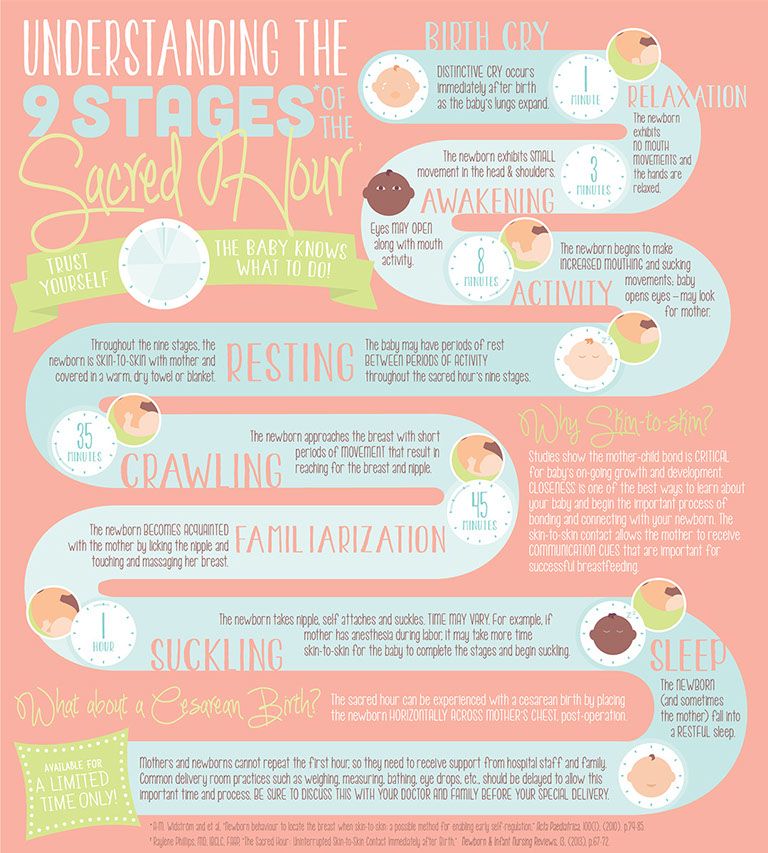
- Increasing the stock of understood words, performs at least 3 instructions from an adult.
- Actively uses babble and light words.
- Oriented in the size of objects (more or less, with a difference exceeding 3 centimeters).
- Independently reproduces previously learned actions during the game.
- Walks for a long time without sitting down, changes position (squats, bends, turns, backs away).
- Eats solid food with a spoon by himself.
1 year 6 months of a child's life.
- Summarizes objects according to essential features in understood speech (finds objects that are homogeneous in feature)
- The correct analogues of lightened words appear (car - instead of "beep", etc.).
- Oriented in 3-4 contrasting forms of objects.
- Steps over low obstacles with a side step.
- Eats liquid food on his own with a spoon (holds the stalk on top in his fist).
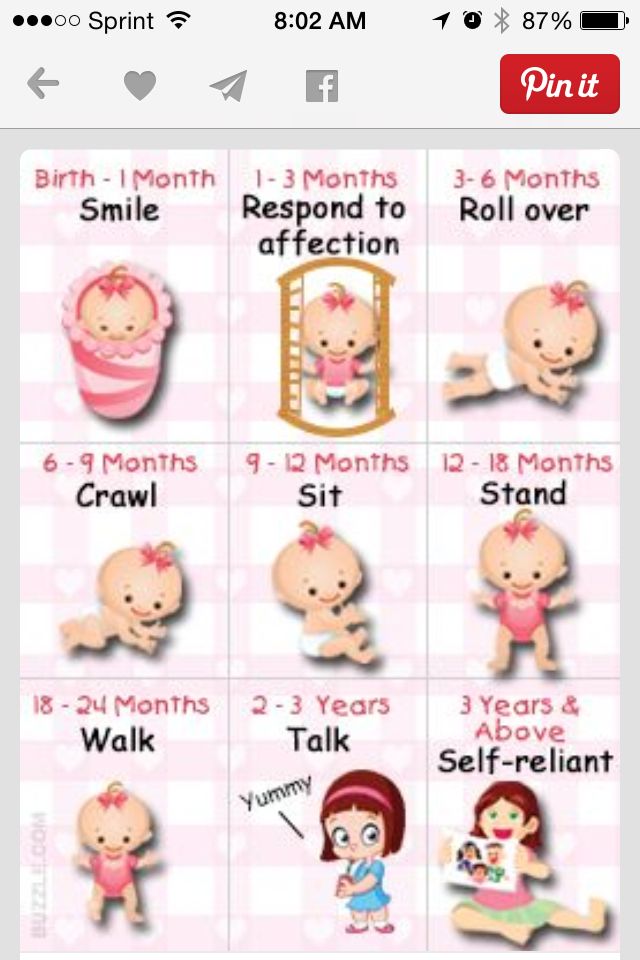
1 year 9 months of a child's life.
- Understands a simple adult story from a picture and answers questions.
- Uses words and two-word sentences.
- Oriented in 3-4 contrasting values of objects with a difference of 3 centimeters.
- Walks on a limited surface, raised slightly above the floor, without the help of an adult.
- Partially undresses with the help of an adult.
- Reproduces simple plot buildings - "gate", "bench", "house" of bricks, cubes.
2 years of a child's life.
- Understands a short story by an adult without showing pictures about events in the child's experience and answers questions.
- Uses three-word sentences, uses adjectives and pronouns.
- Steps over low obstacles in alternating steps.
- Oriented in 3-4 contrasting colors.
- Performs a series of several actions in succession, using items as intended (the beginning of a story game).
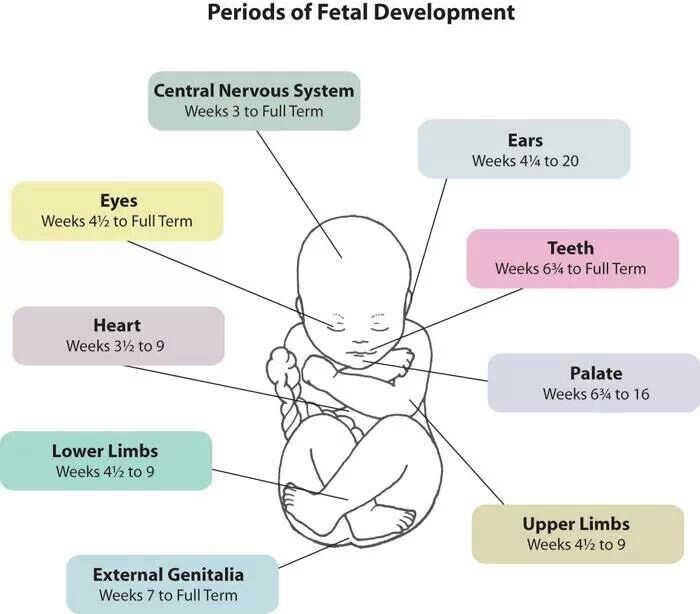
- Partially puts on clothes with the help of an adult.
2 years 6 months of a child's life.
- Uses multi-word sentences with more than three words. The questions “Where?” and where?".
- Matches basic geometric shapes (cube, ball, brick, prism, cylinder, cone) and objects of four primary colors according to the sample.
- The game has a plot character. The child independently makes simple plot constructions and names them.
- Fully dressable. Doesn't know how to fasten buttons and tie shoelaces.
- Steps over an obstacle 20-30 centimeters high.
3 years of a child's life.
- Begins to use complex subordinate clauses. The questions “Why?”, “When?”, “What?”
- Correctly uses various forms of objects (makes a mosaic).
- Elements of a role-playing game appear, names his role to the question “Who are you?”. Complex plot constructions appear, including many elements.
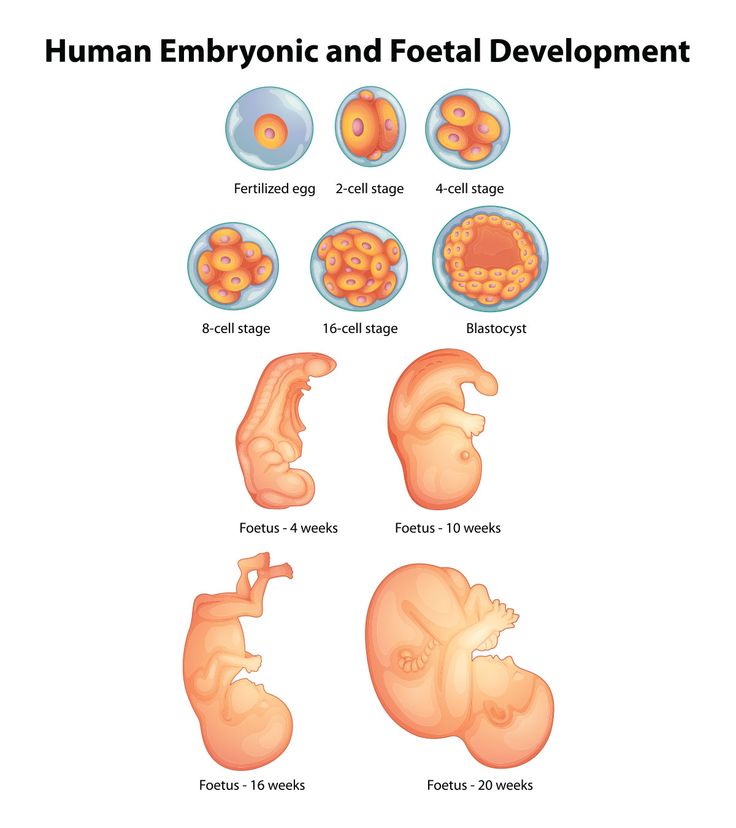
- Draws, sculpts simple objects and names them.
- Fully dressable. Can button up buttons and tie shoelaces with a little help from an adult.
- Uses napkin as needed, without prompting.
- Steps over an obstacle 30-35 centimeters high.
Child Development Calendar from the Health of the Nation
The Child Development Calendar from the Health of the Nation medical center is a convenient system that tells parents by months how the baby is developing.
Child development by months
Newborn
How does the baby behave in the first weeks of life? Should I be worried if he sleeps 18 hours a day? What you need to know about the features of feeding the crumbs, and what recommendations for care should be followed?
Read more
1 month
What happens to a child at the age of one month, how his behavior changes.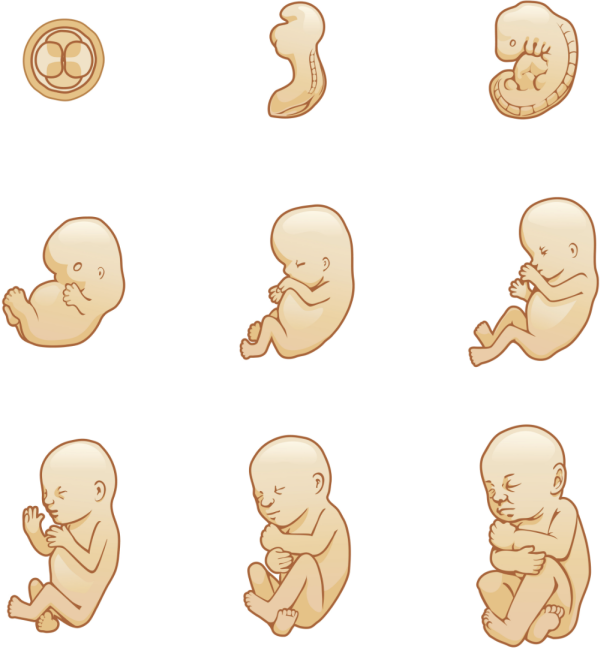 Features of development and the emergence of new actions. What you need to know about nutrition, daily care. Planned visits to doctors and testing.
Features of development and the emergence of new actions. What you need to know about nutrition, daily care. Planned visits to doctors and testing.
Read more
2 months
What happens in the life of a child at the age of 2 months? What behaviors should be taken into account? The appearance of the first emotions of the baby, the development of the vocal apparatus.
Read more
3 months
What discoveries do parents expect when their child is 3 months old? The emergence of new skills, the first conscious manifestation of emotions and desires. What you need to know about the features of feeding?
Read more
4 months
What happens to a 4 month old baby? The first serious games and interaction with the outside world.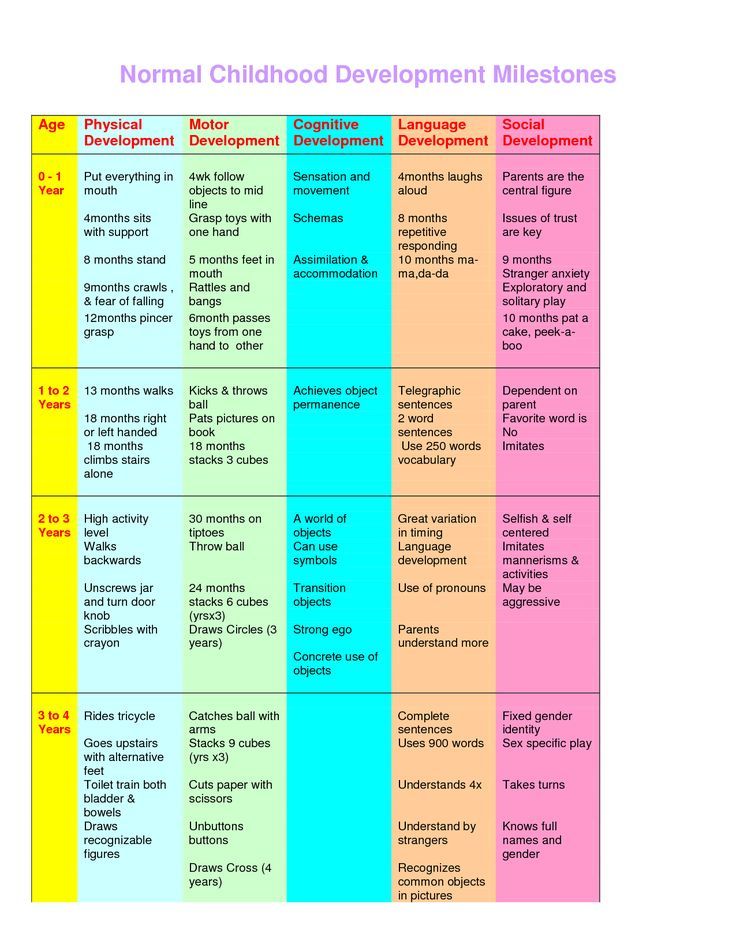 What you need to know about the features of feeding, and what recommendations for care should be followed?
What you need to know about the features of feeding, and what recommendations for care should be followed?
Read more
5 months
Transition period from horizontal position. What you need to know about the features of feeding crumbs? What should parents of a five-month-old baby be prepared for?
Read more
6 months
What did the baby learn at 6 months of age? How critical is the discrepancy with accepted norms? What you need to know about the features of feeding crumbs, how to introduce the first complementary foods?
Read more
7-9 months
What happens to a 7-9 month old baby? The baby begins to sit, crawl or even take the first steps.